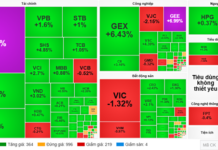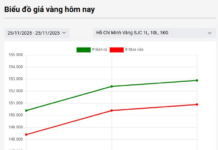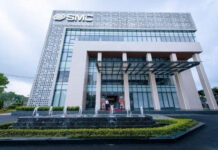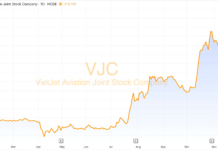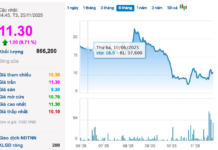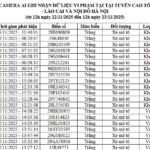Apple’s Find My feature is renowned for helping users locate lost devices. However, in a recent case, its utility reached unprecedented heights: tracking a stolen iPhone led UK police to dismantle an international criminal network suspected of smuggling 40,000 phones to China in the past year alone.
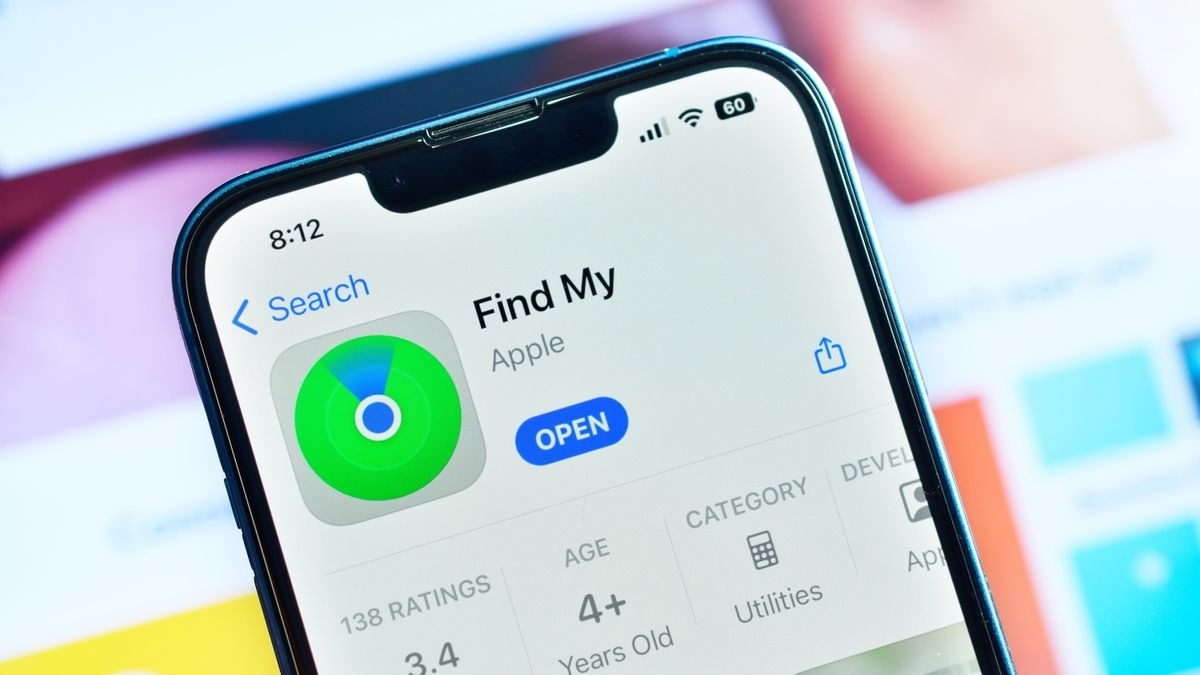
The saga began when a London resident reported their iPhone stolen. Using Find My, they pinpointed the device to a warehouse at Heathrow Airport. Upon inspection, police not only recovered the phone but also discovered it packed with 894 other devices in a single shipment.
This initial find triggered a domino effect. Authorities swiftly intercepted additional suspicious packages bound for the same address. DNA analysis from the shipments identified two key suspects, leading to a large-scale investigation. Raids across 28 locations resulted in 18 arrests and the seizure of over 2,000 stolen devices. London police hailed it as the largest anti-phone theft operation in UK history.
The probe also exposed a startling trend: phone theft has become so lucrative that even drug dealers are shifting focus. Police Minister Sarah Jones noted, “We’ve received intelligence that some drug traffickers are abandoning their trade for phone smuggling due to higher profits.”
The syndicate targeted Apple products for their overseas resale value. Street thieves earned up to £300 (approx. $375) per stolen iPhone, which were then sold in China for as much as £4,000 ($5,000). This premium stems from UK iPhones’ unrestricted internet access, bypassing China’s censorship, making them highly desirable.
A critical question remains: how did the gang bypass Apple’s advanced security measures like Activation Lock? The most plausible theory is that phones were snatched while unlocked and in use, allowing the syndicate to keep devices powered on and accessible. This negates the need for hacking or ID changes, as the value lies in hardware and unrestricted connectivity, not ownership.

